
Every spring, black cutworm moths and armyworms invade our state.

Every spring, black cutworm moths and armyworms invade our state.

Could this be a cutworm year? Rainfall has delayed field work (e.g. weedy fields) and corn planting (i.e., lots of emerging corn).
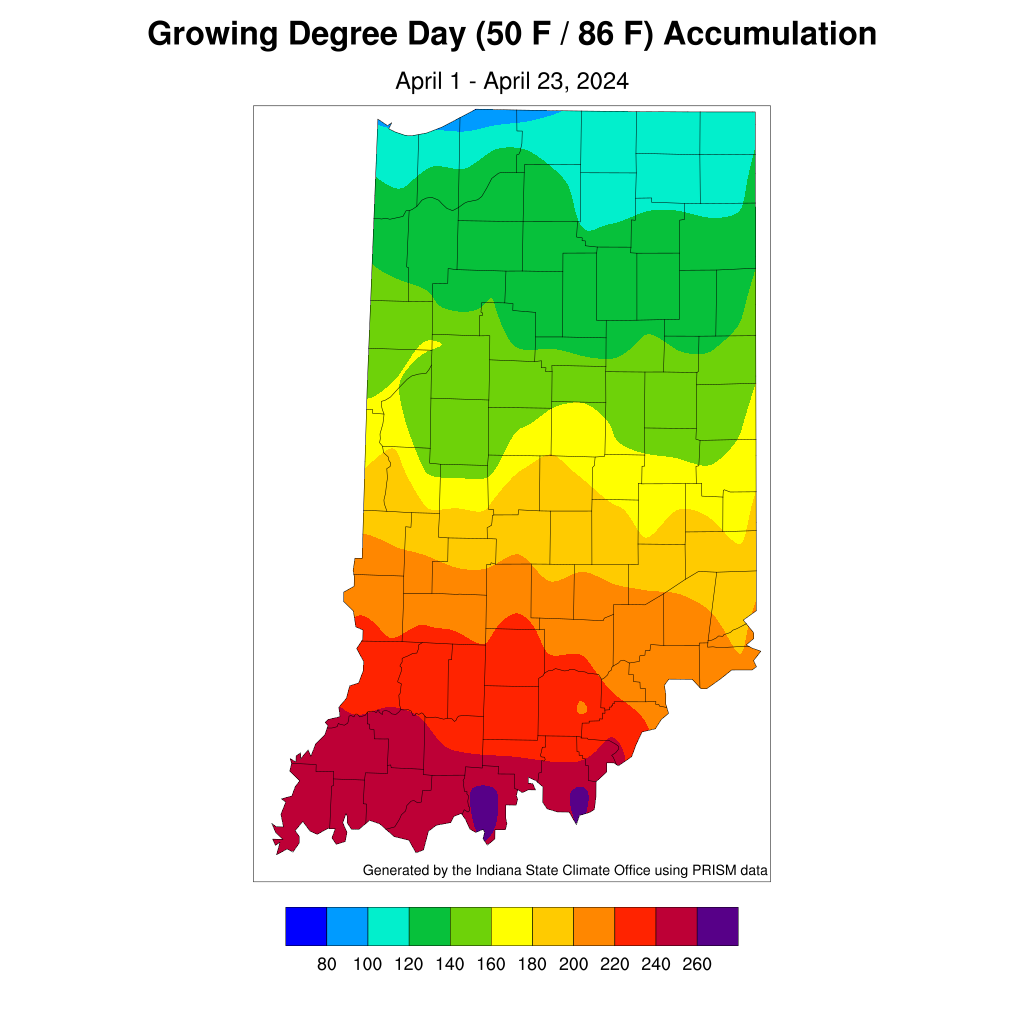
Locally, we have been impressed with the number of black cutworm moths captured in our pheromone traps the last few weeks.
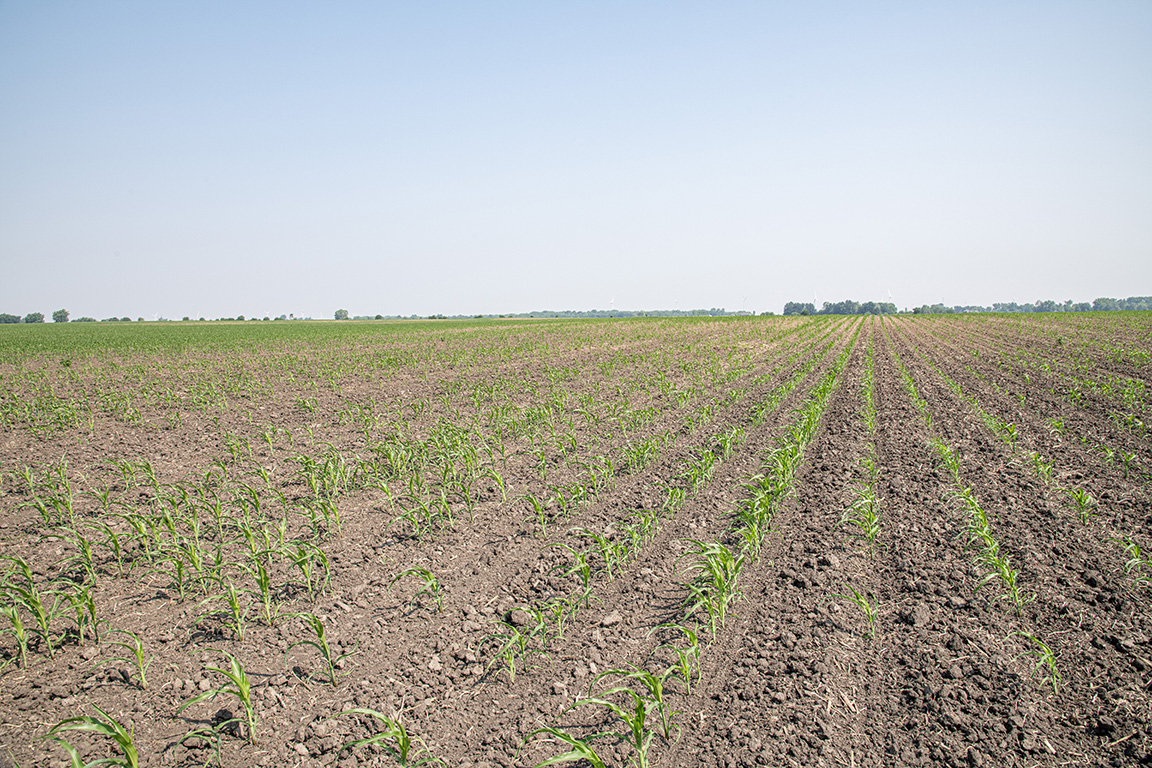
This week, I was contacted about a 300+ acre, 5-6 leaf cornfield with multiple problems, described as plants dying and toppling over with feeding damage at the base of the roots.
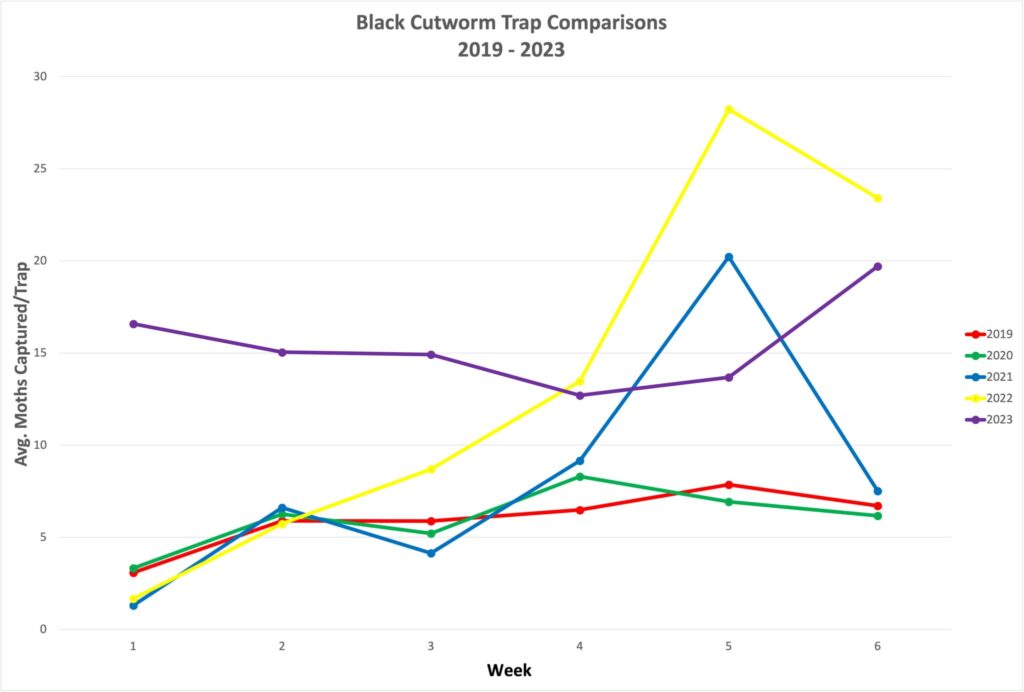
Every spring, voluteers throughout the state put forth considerable effort in trapping for the arrival and intensity of black cutworm moths. We are indebted to these faithful bug counters, hoping you also appreciate their efforts as reported in the “Black Cutworm Adult Pheromone Trap Report.” If you recognize a name or two on this list of volunteers, by county, please thank them for their efforts! Heck…buy them a cup of coffee! Not since 2012 have we seen such an early flush of black cutworm moths! As described in a Pest&Crop #3 article, an intense storm causing lives and destruction on April 1, also brought massive numbers of moths from the Southwestern States. In addition, we’ve not had widespread freezes since then. Because of that, we set that date as biofix, and began accumulating heat units for cutworm development, that also tracks very closely to corn development. This is all explained[Read More…]
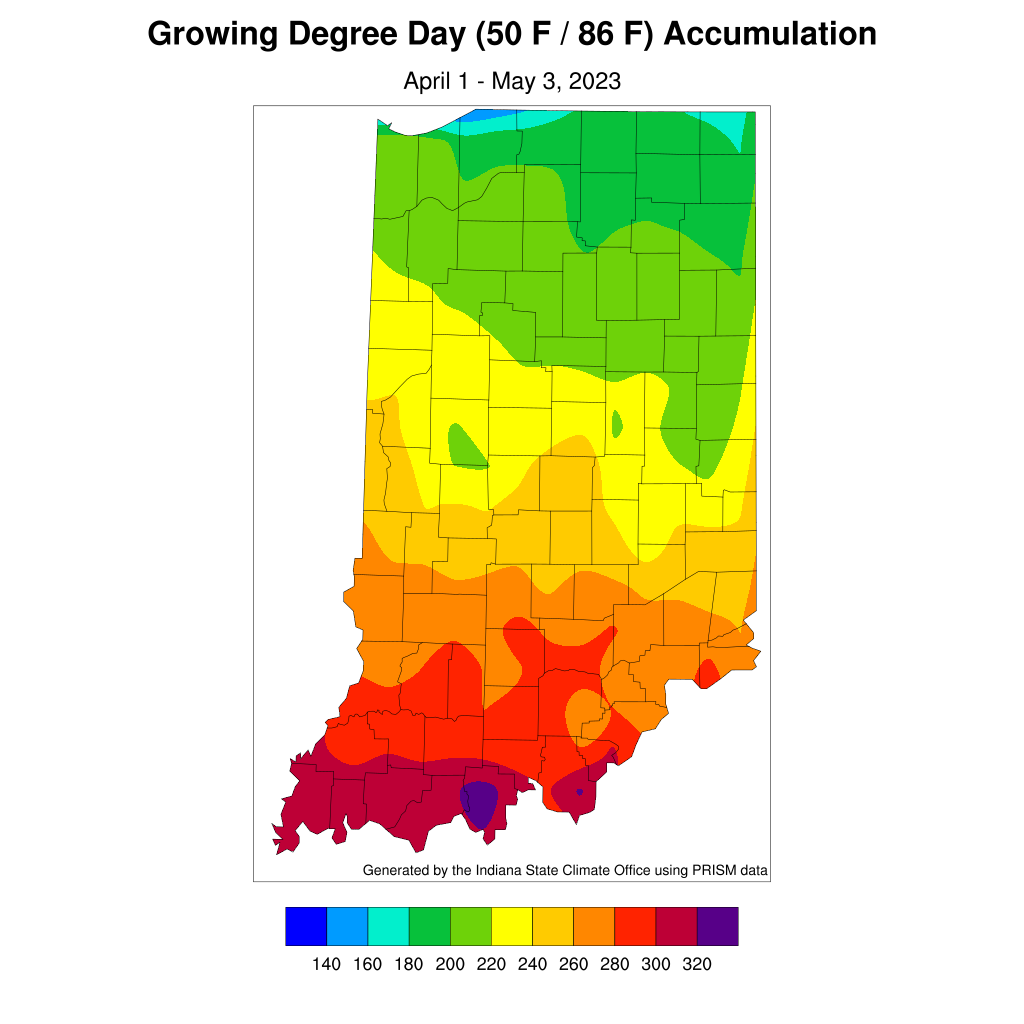
Once again, we urge you to view the “Black Cutworm Pheromone Trap Report.” For the fifth consecutive week, our volunteer trappers have been busy counting captured moths, e.g., lots of intensive captures.

Moth trappers have been busy counting…look at the following “Black Cutworm Pheromone Trap Report”
When looking over the Black Cutworm Pheromone Trap Captures, you will notice that there have been some very busy traps!
The “Black Cutworm Adult Pheromone Trap Report,” below, features moth captures that are mostly low, with a few surprises.
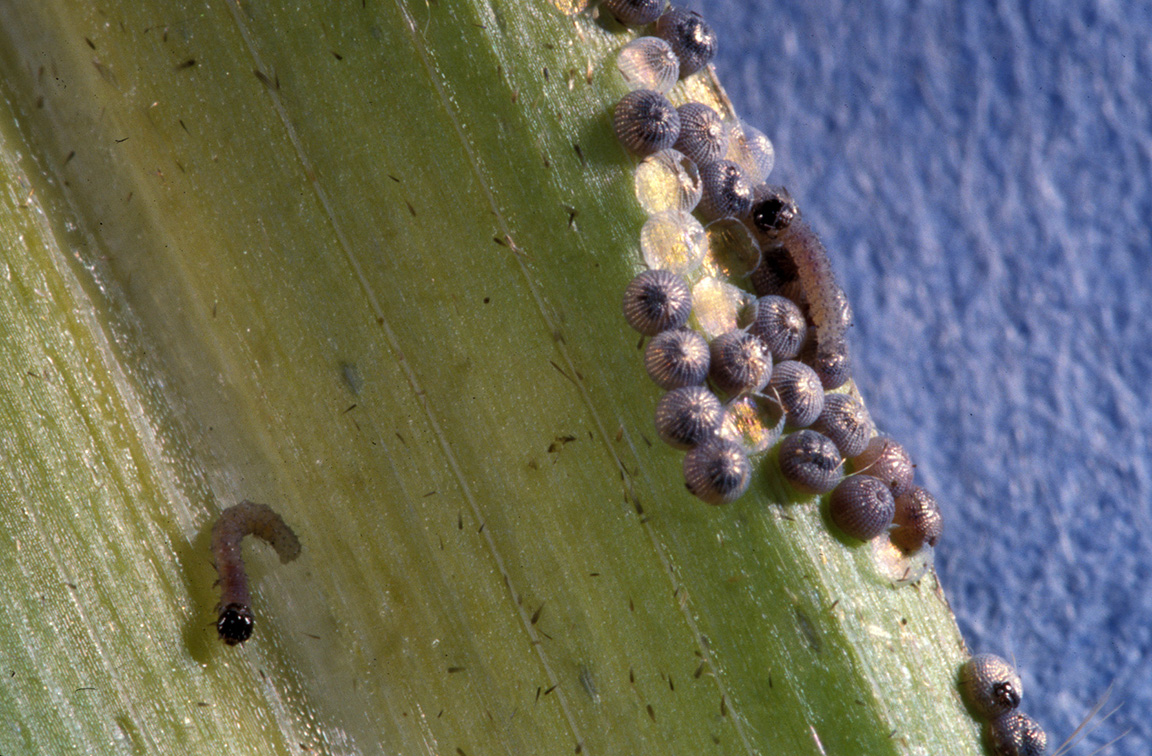
It is still believed that black cutworm does not over-winter in the Corn Belt, but rather they are carried here on weather fronts and literally “rain” on Indiana.
© 2025 Purdue University | An equal access/equal opportunity university | Copyright Complaints | Maintained by Pest&Crop newsletter
If you have trouble accessing this page because of a disability, please contact Pest&Crop newsletter at luck@purdue.edu.